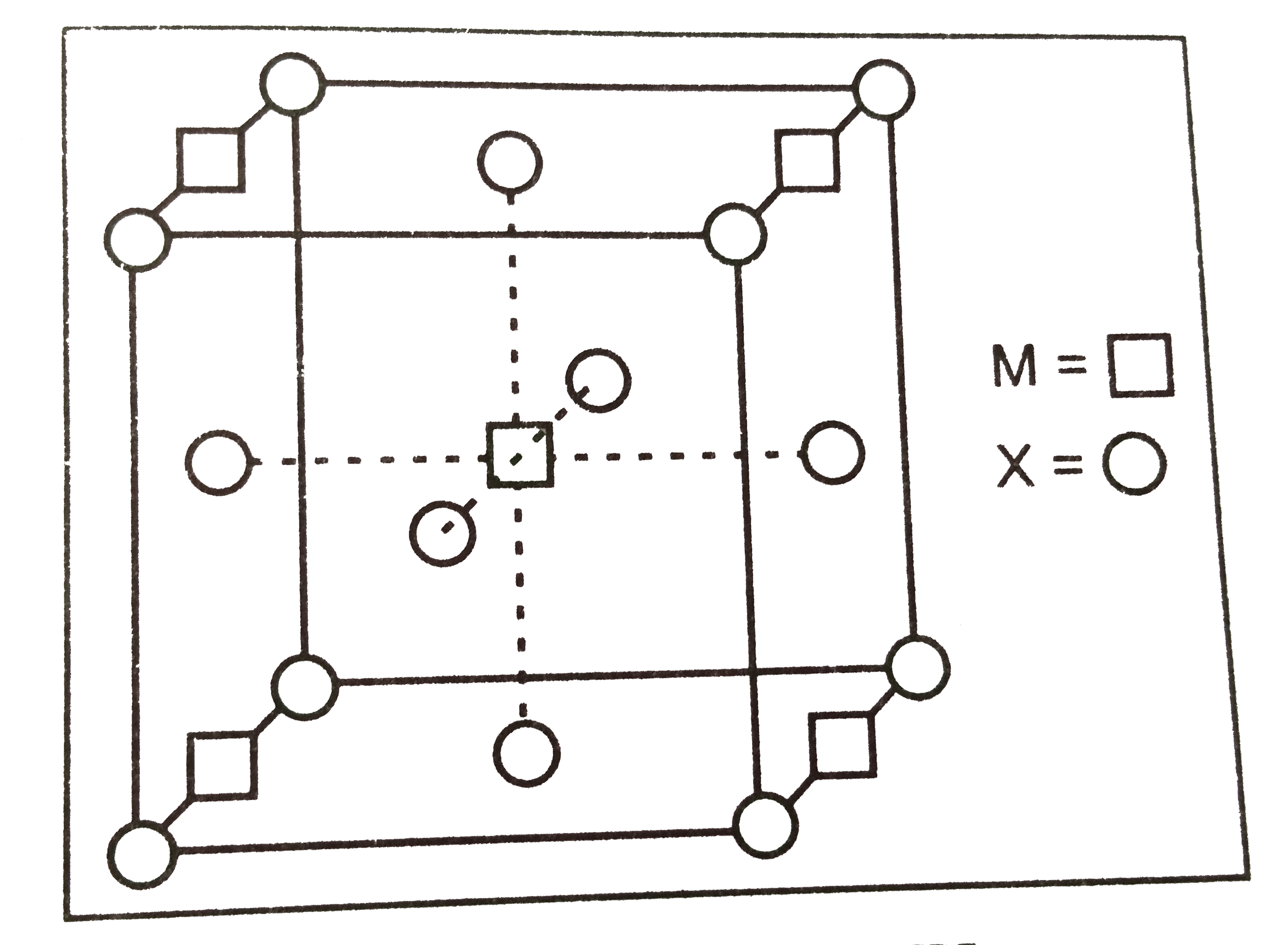P Q means P is greater than Q.
P Q means P is either greater than or equal to Q.
P Q means P is equal to Q.
P Q means P is smaller than Q.
P Q means P is either smaller than or equal to Q.
Statements: E F, C D, F G, D E
conclusions: I. E G II. C E
if only conclusion I is true,
if only conclusion II is true,
if either I or II is true,
if both I and II are wrong
The correct Answer is:D
Given Statement:
(i) Conclusion I:
It has two terms E and G. Now, E and G appear separately with a common term F in the following statement:
Hence, these two are our relevant statements.
(ii) Conclusion II:
It has two terms C and E. Now, C and E appear separately with a common term D in the following statements:
Hence, these two are our relevant statements.
Topper's Solved these Questions
- BOOK - M K PANDEYCHAPTER - CODED INEQUALITIESEXERCISE - Learner.s Exercise I5videos
CODED INEQUALITIES
- BOOK - M K PANDEYCHAPTER - CODED INEQUALITIESEXERCISE - Learner.s Exercise II10videos
CODED INEQUALITIES
- BOOK - M K PANDEYCHAPTER - CODED BINARY NUMBERS EXERCISE - PRACTICE EXERCISES25videos
CODED BINARY NUMBERS
- BOOK - M K PANDEYCHAPTER - CODED RELATIONSHIPS EXERCISE - PRACTICE EXERCISES35videos
CODED RELATIONSHIPS
Similar Questions
P ⊗ Q means P is greater than Q.
P ©– Q means P is either greater than or equal to Q.
P = Q means P is equal to Q.
P @ Q means P is smaller than Q.
P underlinecancel("@") Q means P is either smaller than or equal to Q.
Statements: A©–N,J∘U,S⊗A,J=N
Conclusions: I. J @ S II. U⊗N02:32View SolutionGiven below are two pairs of inequalities. Combine them if possible and write the conclusion-inequality.
A>D,C>D03:55View SolutionIn a certain code, the symbol for 0 (zero) is * and that for 1 is Δ. There are no other symbols for all other numbers greater than one. The numbers greater than 1 are to be written only by using the two symbols givnen above. The value of the symbol for 1 doubles itself every time it shifts one place to the left. Study the following examples :
'0' is written as *
'1' is written as Δ
'2' is written as Δ*
'3' is written as ΔΔ
'4' is written as Δ ** and so on.
Which of the following numbers will be represented by ΔΔΔ*Δ ?03:40View SolutionRead the following information carefully and answer the questions given below it:
P÷ Q means P is the father of Q
P+Q means P is the mother of Q
P-Q means P is the brother of Q
P ×Q means P is the sister of Q
If A+B÷C−D,then A is D's07:03View Solutionpx+qy=p−q qx−py=p+q
रेखिक समीकरणो के युग्मो को हल कीजिए :01:02View Solutionx और y के लिये हल कीजिए: px+qy=1 और qx+py=(p+q)2p2+q2−1
02:12View Solutionजाँच कीजिए कि निम्न प्रायिकताएँ P(A) और P(B) युक्ति संगत.(consistently) परिभाषित की गई हैं :
(I) P(A)=0.5 , P(B) =0.7 P(A∩B)=0 .6
(ii) P(A)=0.5 P (B) =0.4 ,P(B) = 0.4 ,P(A∩B)=0.503:51View Solutionएक यौगिक MpXq में X की घनीय संवृत संकुलन (ccp) व्यवस्था है । इसकी इकाई सेल नीचे दी गई है । यौगिक का मुलानुपाती सूत्र है ।
 02:18View Solution
02:18View Solutionयदि P(A)=38,P(B)=12,P(A∩B)=14, तो P(A/B)=
03:18View Solutionयदि A तथा B दो स्वतंत्र घटनाएँ हों, तो सिद्ध करें कि P(A∪B)=1−P(A')P.(B')
03:39View Solutionबहुपदों f(x),g(x),q(x) तथा r(x) का एक उदाहरण दें जो f(x)=g(x)⋅q(x)+r(x) को संतुष्ट करता हो, जबकि r(x) की घात शून्य है |
03:58View Solutionयदि α,β बहुपद p(x)=4x2+3x+7 के शून्यक है, तो 1α+1β=
03:28View Solutionयदि α और β बहुपद f(x)=x2+px+q के शून्यक हो, तो वह बहुपद जिसके शून्यक 1α और 1β है |
05:01View Solutionयदि α,β बहुपद f(x)=x2−p(x+1)−c के शून्यक इस प्रकार है की (α+1)(β+1)=
03:02View Solutionयदि α,β बहुपद f(x)=x2−p(x+1)−c के शून्यक इस प्रकार है , कि (α+1)(β+1)=0 है , तो c =
02:46View Solutionयदि α,β,γ बहुपद f(x)=x3−px2+qx−r के शून्यक हो, तो 1αβ+1βγ+1γα=
01:51View Solution

